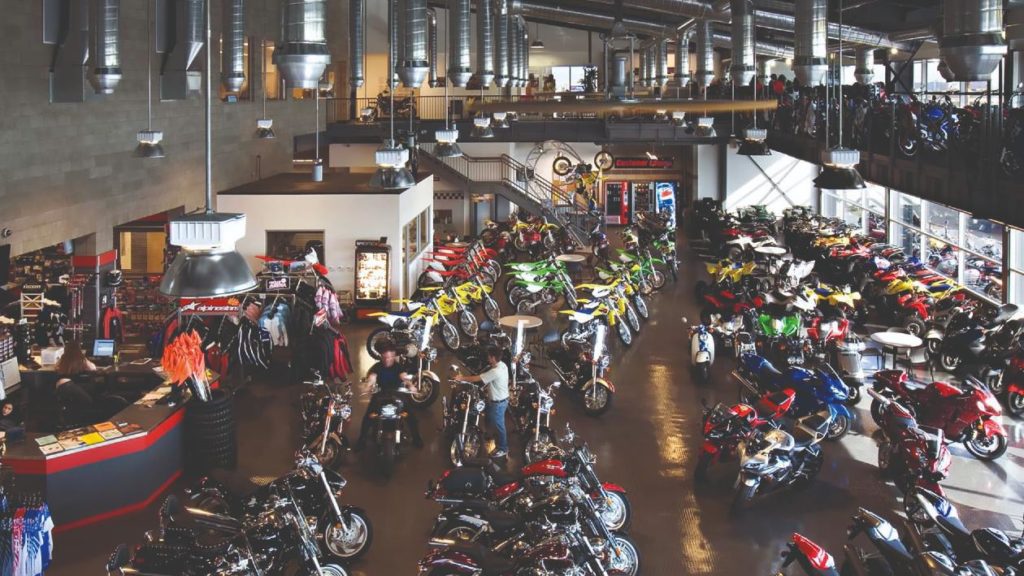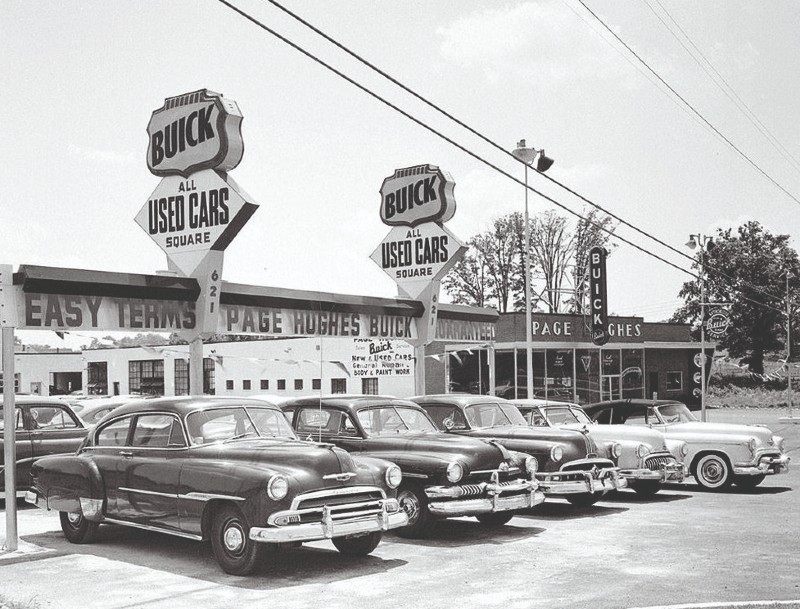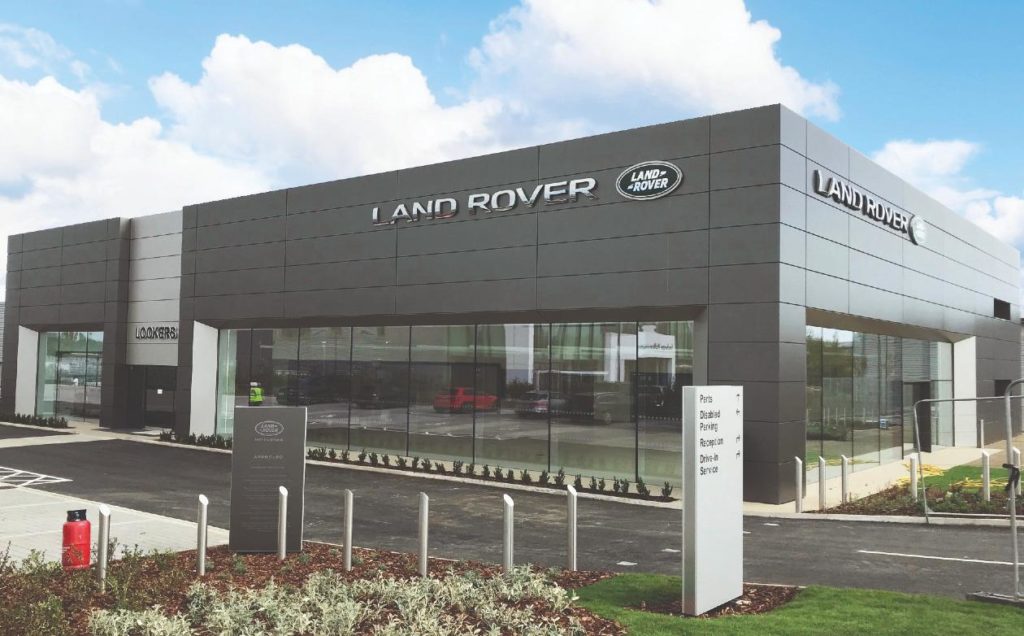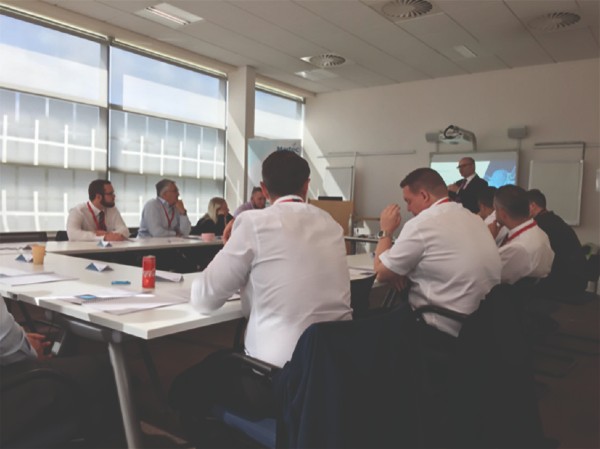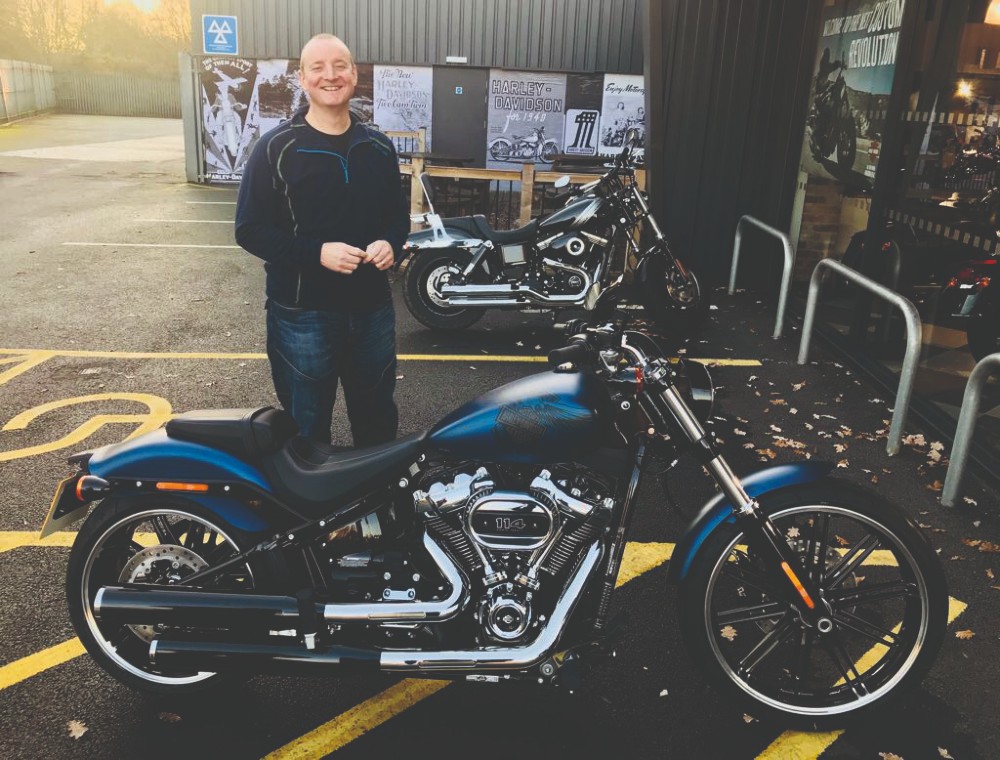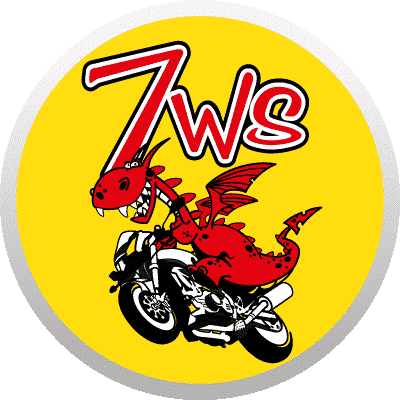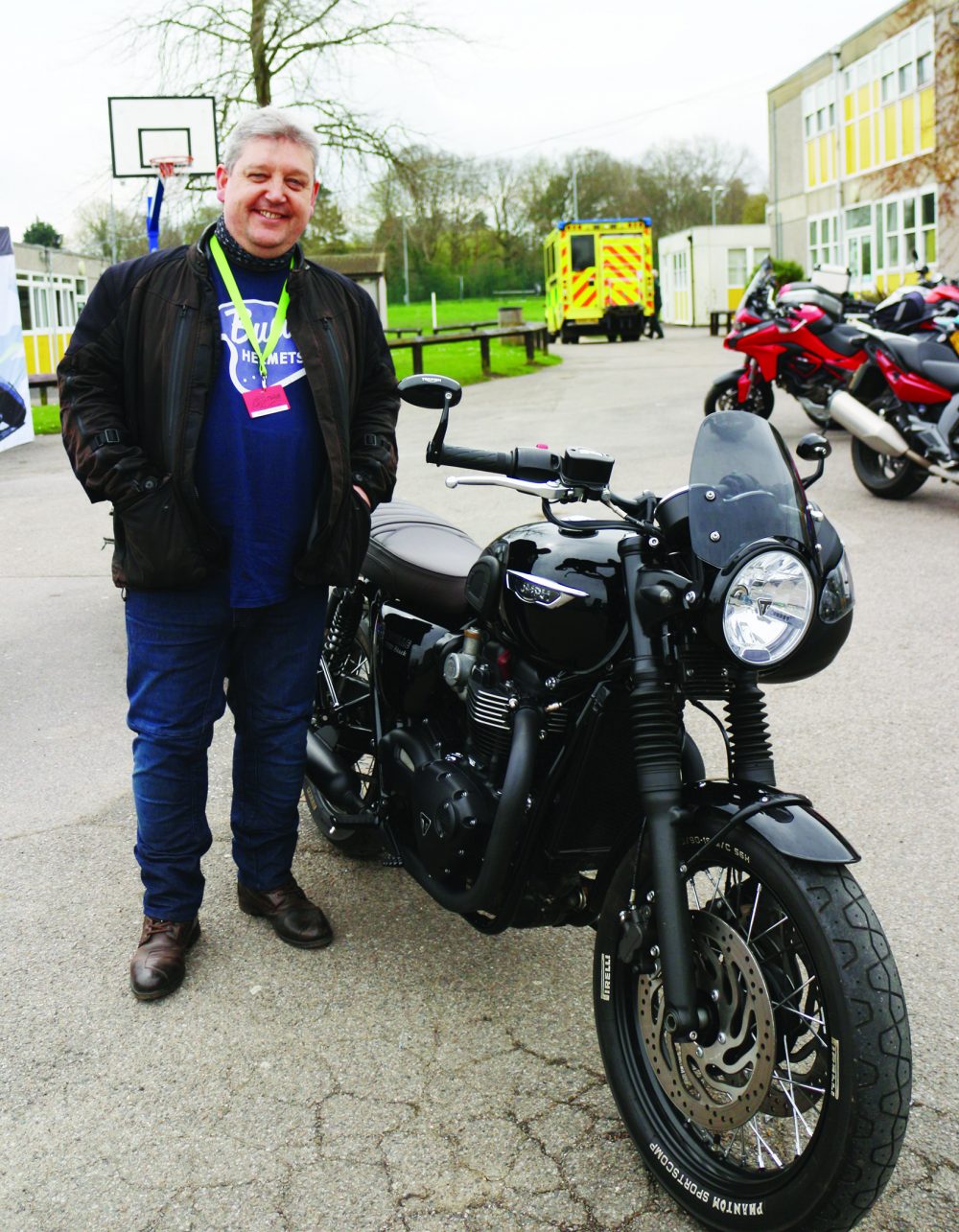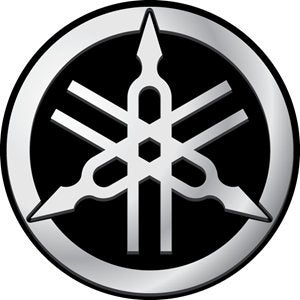As long-time readers of mine will know, I have…opinions…about motorcycle dealerships. I like to think that they are informed and considered opinions, based on collected facts and anecdotal observations, both my own and of others. I have interviewed dealer principles, spoken off the record with motorcycle salespeople from all over the world, looked at available data, and ultimately drawn unflattering conclusions that have upset more than a few people. This is because I believe in being honest and in challenging those who make mistakes to do better. I always hope that, in some small way, this will help the motorcycle industry learn, improve, and grow. But even so, it’s good to get an expert’s perspective once in a while.
Martec Europe Ltd. have been working with UK car dealers for thirty years, helping principals and team leaders to understand where, when, and how they could improve their customer satisfaction and retention. The ingrained culture of any industry can leave businesses stuck in the same rut for years, even decades. This inflexibility can – and frequently does – spell disaster for slow-moving companies unable to roll with the punches as consumer habits and expectations change. Survival is for the most adaptable, and history is littered with examples of brands and businesses that failed to move with the times. And so, I picked up the phone and called Neil Pursell, Martec Europe’s Managing Director, to get his perspective.
Martec’s business is one of two halves. The measurement side of the company downloads recordings of incoming customer calls, emails, video messages, and web chats direct from client dealership’s computer systems. They then use an army of human reviewers to carefully evaluate each customer interaction against recognised criteria. The training side of the business then puts together bespoke packages to help dealership staff address the areas in which they are weaker.
“We’re a motor industry-specific training and solution provider,” explains Neil. “We’ve got thirty years’ of UK motor-industry experience, and it would be fair to say that the vast majority of that experience has been in cars, vans, and trucks rather than motorcycles. Still, throughout that time we have also worked with a number of motorcycle dealerships and dealership groups that also have a presence in motorcycle retail.”
Neil is a keen biker and self-professed motorcycle enthusiast, having been riding since his twenties and can currently be found enjoying either his Triumph Tiger 800, Triumph Speed Triple, or Harley-Davidson Fat Bob – one, as he puts it “for each type of weather!” So was it love of bikes that made Neil pivot Martec further towards the two-wheeled world?
“The experience…that we’ve had with car dealerships over the last thirty years is relevant to lots of different industries and industry sectors,” he says. “Over the last five years in particular I’ve noticed that the motorcycle industry seems to be challenged with bringing in and accessing new types of customers, and that’s very reminiscent of our experience in the motor industry.”
I asked Neil if he could elaborate. “When a manufacturer launches a wholly new product, it automatically has an affinity with its current customer base. But to succeed, it has to attract new customers or it will only divide up its existing market share amongst its expanded model range. So, they have to work out how to attract a new type of driver. The motorcycle industry seems to have a similar challenge with a need to attract a new type of rider, while ensuring that they don’t lose their existing rider base.”
I ask Neil for an example from the car world, and he cites the challenges Land Rover faced at the Freelander’s launch back in 1997. At the time, Land Rover sales staff had plenty of experience talking to their typical, more rural customer. But the customers showing up to look at Freelanders were from a different world, and most had no experience or interest in driving through fields or down muddy lanes. What they wanted from a vehicle was completely different, and sales staff initially struggled to establish a rapport with their potential new customers. Neil explains that finding that common ground and establishing a human connection is key to “helping a customer through a sale”, as without it you miss all the cues and hints that help navigate the conversation.
It seems to me that, if Land Rover had never figured out how to talk to these customers, the brand might no longer exist today. Their inability to address new markets would have strangled their growth and allowed competitors to chip away at their traditional customer base. The parallels with motorcycling today are striking. “The bike industry is trying to get people in their 20’s into the idea of riding motorcycles, as well as bringing in more female riders, commuters, and a generally more environmentally-conscious customer than they’ve had in the past. It isn’t the standard type of prospect (customer) that motorcycle dealers will have been used [to talking] to.” Crucially, Neil points out that these new “prospects” might not already be fans of the brand, or of motorcycling at all, and that can lead to a serious breakdown in communication for a salesperson that isn’t used to finding common ground with a new type of customer.
“People go from a state of curiosity about a product, then move into a state of interest, before moving to a state of intention to purchase.” A traditional customer arriving at a motorcycle showroom might already be at the ‘intention’ stage – they ‘intend’ to buy a new motorcycle soon, and it’s just a question of which bike and from which dealer. “But if I’m only considering riding a motorcycle as my form of transport, perhaps to get to the station or do the shopping, then I’m going to come across as only ‘curious’ and perhaps quite ‘cold’ or not that interested. And that’s where sales people in the motorcycle industry need help – to recognise that this perceived temperature isn’t really an indicator of the likelihood of purchasing.”
“If we think of someone on a journey to buy a motorbike starting off at ‘0’, and ultimately making their purchase decision and paying their money at ’10’, you can imagine that people who are ‘curious’ are going to be a ‘0-2’, people who are ‘interested’ are going to maybe be at ‘3-6’, and people with an ‘intention’ to purchase are going to be at ‘7-9’. So if you’re a salesperson and you have only ever worked with people who are already at ‘7’, then you probably won’t…be polished at getting someone from ‘3’ to ‘5’ and beyond.” These are things that motorcycle sales staff have rarely had to do before, so it’s unrealistic to expect them to be good at them. And those are the exact skills that training can provide.
Basically, the scales that sales staff in motorcycle dealers use to gauge how likely someone is to buy a bike, and therefore how hard they should pursue that prospect, are often too narrowly focused. They require re-calibrating, so that they can treat every single person who calls up or drops by as a potential customer. “The signals, the dialogue, and the conversation that goes along with someone who is in this ‘curious’ state doesn’t sound, to a salesperson, like someone who’s interested in buying. In their head, they’re saying ‘you don’t sound like a customer at all’.”
Sales staff in the bike industry already talk about the concept of “helping their customer to buy a motorcycle”, but a more ‘curious’ customer will need an awful lot more help than staff are used to providing. “They need a slightly more nuanced or advanced process to recognise that [these customers] have more hurdles to cross before they ultimately make their decision,” explains Neil. And speaking to these new kinds of customers requires a completely different conversational toolkit. Anyone who rides a motorcycle gains a number of shared touch points with other bikers – the rush of the acceleration, the feeling of moving your body as you control the machine, the exhilaration of leaning the bike through a set of corners. “But the person coming in to talk about riding their scooter to the station and back every day doesn’t have the same terms of reference, so the conversation topics will be very different.”
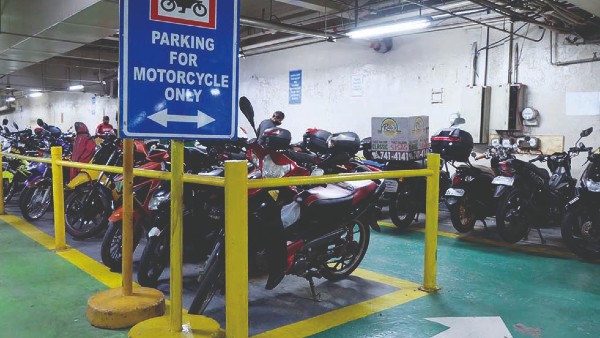
Neil recounts how, when he first started out in the automotive industry many years ago, women purchasing their own cars for themselves at a dealership wasn’t as common as it is today. This meant that salespeople at the time were ill-equipped to spot the verbal and social cues that a female buyer had any kind of intent to purchase a car from them. “It’s pretty similar, in a sense, to female bikers. If you have only dealt with female prospects twice a year, then you aren’t going to get experienced at how you might recognise their cues, what they want to hear, and what questions they need to have answered in order to help them buy.”
Similarly, if you mostly deal with existing bikers, likely in their 40’s-60’s, then you’ll never get any good at spotting the cues that the young man in a suit could ever be persuaded to swap his railway season pass for a PCP plan. It’s all about making a positive assumption, and then adjusting your conversational style to match that of the person in front of you, rather than simply sticking with a single approach. “In the motorcycle industry, this idea of flexing your approach depending on the customer you’re talking to seems like a new concept, whereas it’s not in the car world – it’s been around for a long time.”
It sounds like the onus is very much on dealerships to have their staff trained to be more flexible when handling unexpected queries and ensuring that every potential customer is treated with the same care, attention, and enthusiasm as a seasoned biker waving their credit card would be. Getting new riders to even visit or telephone a motorcycle retailer is difficult enough, and it seems like staff are letting those sales slip through their fingers.
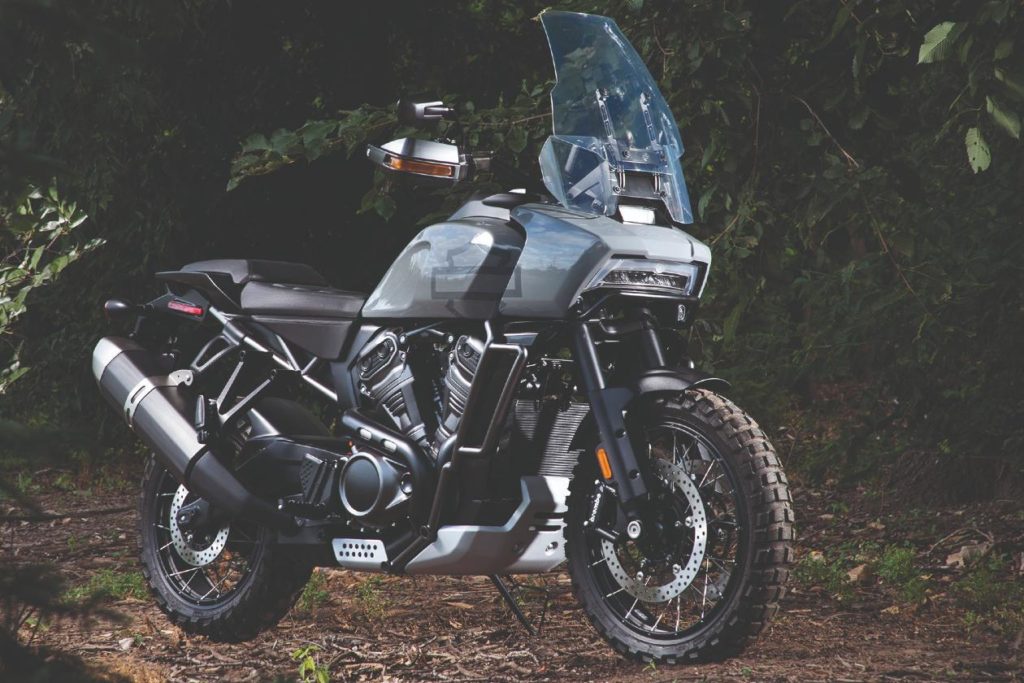
Neil has data that shows just 16% of telephone enquiries to bike dealerships result in the customer scheduling an appointment to come and look at a motorcycle. But of those customers who are persuaded to make appointments and visit the showroom, more than 80% end up completing a purchase. Martec’s analysis of these calls confirms that sales staff are making snap decisions to classify callers as ‘non-buyers’ and aren’t moving to capture basic information or ask basic questions. Because those callers aren’t ticking the expected boxes, they’re being dismissed, and staff aren’t even giving them the opportunity to become ‘interested’, never mind develop an ‘intent’ to purchase.
“In our analysis, we look for key moments in those interactions that we consider essential to help the customer move in the right direction. Simplistically, there wouldn’t be any contest that an interaction should start with some form of greeting…and should probably include introductions. We also know that there are certain steps that would promote success, one of which would be to capture the customer’s contact details. And it is also important that we try to promote a next step. Most dealerships would want a customer to visit, though obviously not in Covid times! But customers are showing their highest level of ‘intention’ when they are in the showroom, rather than on the telephone.”
Many, if not all of these steps are often skipped entirely if the salesperson does not immediately get the right verbal signals to suggest that a customer is already well on the way to making a purchase. This has the effect of ensuring that only the most determined shoppers end up ever buying anything, reinforcing the negative feedback loop we see today.
All of this collated information is fed back to dealer management, where it is up to them to encourage their sales staff to change their approach, preferably through training. But Neil believes that motorcycle manufacturers have a role to play here as well, especially as brands move into new segments. Harley-Davidson, the ultimate example of traditional motorcycling, are once again facing this challenge with their new Pan America liquid-cooled adventure bike. The type of customer who might buy one of these is far more likely to show up on a dirt-caked Triumph Tiger than an air-cooled Harley. Sales staff will face a completely different set of questions from a completely different type of customer.
“Most car manufacturers have learned that, if you bring a new model in, you have to put quite a lot of resource into getting the network ready,” he says. “If Harley-Davidson have looked at what some of the car manufacturers [would] have done to prepare the network for this new style of customer…then they will be in a good position, because they will have a network of people that are ready to answer these new customers’ questions.” I comment that, in my experience, Harley’s sales staff have a history of struggling to promote products so different from what they were used to. Here’s hoping that Neil is right, and that Harley-Davidson are even now drilling their staff on how to best help potential Pan America customers sign on the dotted line!
So assuming sales staff can learn these skills, how do you measure success? “There are some milestones that sales people need to touch as they help the customer along the journey, and we measure those. Once you have a dataset that compares more than one individual, then you can see a correlation between achieving those milestones and ultimate success.”
But how can dealerships trust Martec’s numbers, given that it’s in Martec’s best interest to demonstrate the positive results of their training? “Because we work with so many different organisations, we use the organisations’ own Enquiry Management System (EMS) to measure their effectiveness before and after. In essence, we use their own ruler to measure the change. And if a dealership doesn’t have or is not using an EMS, then part of that training would be to encourage or promote the use of one. Using a client’s own ‘ruler’ to measure success makes that success that much more tangible. In a sense, it’s very simple: how many opportunities does an individual salesperson get presented with, and how many of those opportunities ultimately turn into a purchase? How many chances did you get, and how many did you take?”
Martec has also conducted research on behalf of clients using secret shopping phone calls in the guise of customers in the very early ‘curiosity’ stage, proving Neil’s point. “The dealers we called did not seem to recognise that ‘curiosity’ about a vehicle could turn into a sale…they interpreted the temperature of the enquiry to be not an enquiry, as opposed to an early enquiry.”
I ask Neil if he’s concerned that the reduced profit margins on less exotic machinery might be a factor in discouraging dealerships to take a serious interest in commuters and new riders, who tend to buy far less expensive motorcycles. He hopes not, he says, as that would be incredibly short-sighted. “Salespeople are normally rewarded on the whole transaction. So if somebody changes their Ducati Monster for a new one, they probably don’t buy new leathers, a helmet, gloves etc. all at the same time. Whereas for a commuter who has not been doing it before there’s a stronger probability that you would be able to sell them a complete kit, which would include the bike, but would also include everything else they needed. From a commercial perspective, that transaction might actually be as or more profitable than someone buying their 20th superbike.”
As ever, success or failure of motorcycle dealers and indeed the individual sales staff is going to depend on their willingness to change, to adapt. If a curious commuter phones up to ask about how a scooter could help them tackle the three-mile trip to the train station more efficiently and cheaply than their car, they need to be met with the same enthusiasm and warmth that would be shown to an excited Ducatisti wanting to put down a deposit for a new Multistrada V4S. Selling a commuter their first Honda PCX might not be the thrill that gets sales staff up and into work in the morning, but it could earn both them and their employer just as much money. What’s more, it’s vital to the future of the motorcycle industry in general. After all, to turn commuters into die-hard life-long motorcycle enthusiasts, we first have to sell them that first taste of the freedom and excitement that only two wheels and and an engine (or motor!) can offer. There’s no point in preaching to the converted.
Let’s hope motorcycle dealers learn this lesson quickly.
Thank you to Neil Pursell from Martec Europe for his time and input in researching this article.
Nick Tasker
First published in Slipstream April 2021

